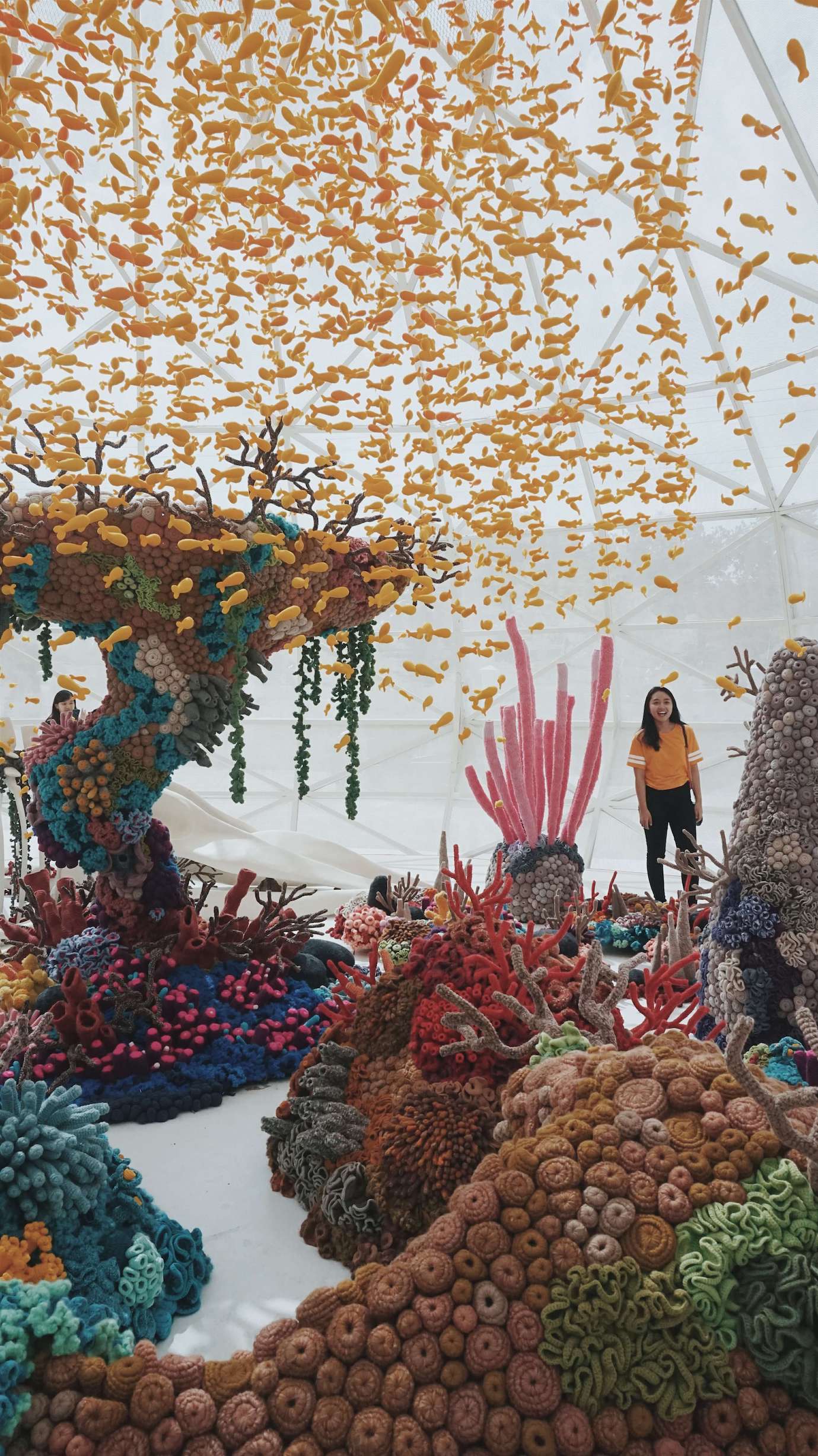What Is Flow?
If you’ve ever been so deeply absorbed in something that you lost track of time, you’ve likely experienced what psychologist Mihaly Csikszentmihalyi called “flow.” In creative practices especially, flow describes a productive, focused, and even transcendent state in which time and identity seem to dissolve (Csikszentmihalyi, 1997). These states often arise when there’s just the right balance of challenge and ease—when the task stretches you without overwhelming you.
Why Flow Matters
Flow itself is motivating. It propels people toward deeper engagement and higher achievement in whatever they’re doing—whether it’s painting, dancing, or solving a complex math problem. But how can we increase the chances of reaching this elusive state?
Seven Conditions for Flow
Csikszentmihalyi (1990) identified seven key ingredients that support flow
- A balance between challenge and skill
- A sense of control
- Clear goals
- Opportunities for focused attention
- Immediate feedback
- Loss of self-consciousness
- A sense of enjoyment
Certain activities are naturally conducive to these conditions—like rock climbing, making music, or playing chess—because they offer structure, challenge, feedback, and immersion. They also feel distinct from daily life, helping us tune in more fully.
Flow in the Classroom
Most of the research on flow and art-making has focused on high-performing teenagers (Csikszentmihalyi, Rathunde, & Whalen, 1997; Garces-Bacsal, Cohen, & Tan, 2011; Abuhamdeh & Csikszentmihalyi, 2004; Simpson, 2012). But even novice students can experience it. In a 2015 master’s thesis, Jill Lauer found that when students were genuinely interested in an art topic, their engagement—and likelihood of entering flow—increased. Her review walked through each of Csikszentmihalyi’s seven flow conditions and how they might be cultivated in classroom settings. The takeaway? Educators can create environments that nurture creative flow.
Beyond Flow: Creativity as Cultural Evolution
Beyond flow, Csikszentmihalyi contributed a wealth of insight into creativity more broadly. In his book Creativity: The Psychology of Discovery and Invention (1996), he argued that creativity changes culture. Unlike traits we inherit biologically, creative knowledge—like how to write music or build a fire—must be taught and practiced. That means creativity depends on access, repetition, and attention. And attention, he emphasized, is a finite resource.
Creativity Across and Within Domains
His views contrasted slightly with those of Howard Gardner, known for his theory of multiple intelligences. Gardner (1988) believed creativity is specific to a domain and doesn’t necessarily translate to other areas. Csikszentmihalyi agreed that strong foundations are essential, but he also highlighted the power of integration:
“Knowing the basics is essential… Yet, it is important to keep in mind that most breakthroughs are based on linking information that usually is not thought of as related. Integration, synthesis both across and within domains, is the norm rather than the exception” (Csikszentmihalyi, 1996, p. 329).
Big-C and Little-c Creativity
Csikszentmihalyi also introduced the idea of big-C and little-c creativity. Big-C refers to groundbreaking ideas that transform an entire field. Little-c reflects everyday creativity—the kind that shows up in how we solve problems or express ourselves. Big-C creativity doesn’t happen in isolation. Csikszentmihalyi’s systems model outlines three essential elements:
Domain: the symbolic system (e.g., mathematics, painting, music)
Field: the gatekeepers and experts who evaluate new ideas
Individual: the person proposing a change
For true innovation to occur, the individual’s ideas must be recognized by the field and contribute something new to the domain.
Why This Matters for Education
This systems view of creativity has powerful implications for education. It reminds us that creativity isn’t just a solo act—it thrives on collaboration and context. That’s why the 21st-century push for “creativity and collaboration” in schools makes sense. But what does that look like in practice?
Researchers like Clapp and Hanson (2019) build on Csikszentmihalyi’s work, shifting the focus away from labeling students as “creative” or “not creative.” Instead, they frame creativity as something all students can participate in. They introduce the idea of a “biography of an idea”—suggesting that creativity isn’t just about the person, but the evolution of ideas through shared effort and exploration.
Conclusion: A Legacy of Insight
Csikszentmihalyi’s legacy reminds us that creativity is both personal and collective. Whether you’re teaching, learning, or creating, the conditions for flow and the space for shared creativity can be intentionally cultivated.
References
Abuhamdeh, S., & Csikszentmihalyi, M. (2004). The artistic personality: A systems perspective. In Sternberg, R. J., Grigorenko, E. L., & Singer, J. L. (Eds.), Creativity: From potential to realization (pp. 31–42). Washington, DC: American Psychological Association.
Clapp, E. P., & Hanson, M. H. (2019). Participatory creativity: Supporting dynamic roles and perspectives in the classroom. In R. Beghetto & G. Corazza (Eds.), Dynamic perspectives on creativity (pp. 27–46). Cham: Springer International Publishing.
Csikszentmihalyi, M. (1990). Flow: The psychology of optimal experience. New York: Harper & Row Publishers.
Csikszentmihalyi, M. (1996). Creativity: The psychology of discovery and invention. New York: HarperCollins Publishers.
Csikszentmihalyi, M., Rathunde, K., & Whalen, S. (1997). Talented teenagers: The roots of success and failure. New York, NY: Cambridge University Press.
Gardner, H. (1988). Creativity: An interdisciplinary perspective. Creativity Research Journal, 1(1), 8–26.
Lauer, J. (2015). The relationship between classroom environment and instruction on the ability of art learners to enter into flow (Master’s thesis, The University of Iowa).
Simpson, A. V. (2012). Design structures: Improving the quality of in-class design critiques. Art, Design & Communication in Higher Education, 11(1), 63–80.
© 2025 Andrea Merello. All rights reserved. Please do not reproduce this content without permission.



